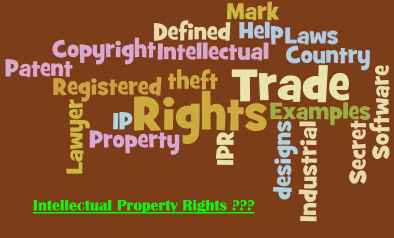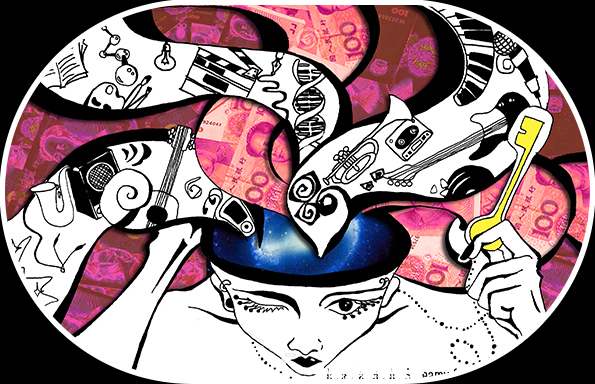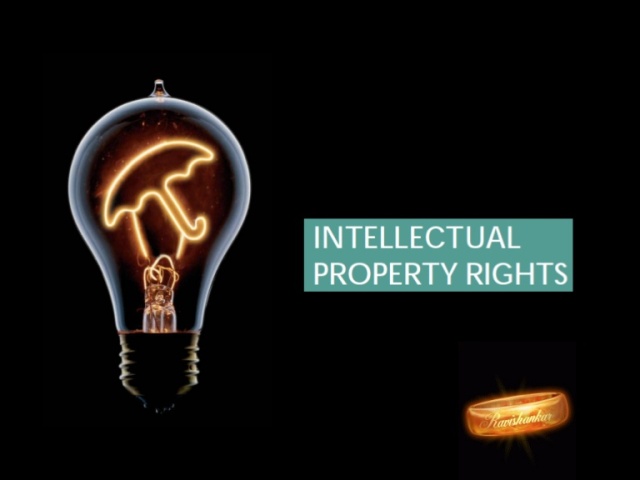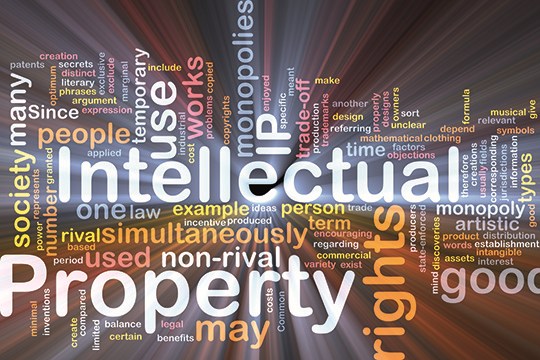Introduction to Intellectual Property

We know that the inventor of a machine, the author of a book, or the writer of music somehow usually ‘own’ their work. From this ownership, certain consequences flow and you probably have been made aware of the fact that we cannot just copy or buy a copy of their works without consideration of their rights. Equally, original industrial designs of furniture, wallpaper and the like seem naturally to be owned by someone or some organization.Each time we buy such ‘protected’ items, a part of what we pay goes back to the owner as recompense for the time, money, effort and thought they put into the creation of the work. This has resulted over the years in the development of industries such as the music industry growing worldwide and encouraging new talent to produce more and more original ideas and articles.

The following suggests some of the things that are entitled to protection as intellectual property under national intellectual property laws and / or various international treaties:
- Discs
- Designs for objects
- Geographical indications of origin for certain types of products
- Performances
- Images
- Companies’ names
- Broadcasts
- Logos
- Industrial processes
- Videos
- Trademarks
- Chemical formulas
- Computer games
- Integrated circuits
- Materials
- Computer programs
- Inventions
- Perfumes

Let’s begin with a more formal definition of intellectual property, so as to build a solid foundation for later explanations of the various types of intellectual property, and then the relevant governing international treaties. The best place to start is with a consideration of the meaning of the word property.
The outstanding features that most types of property share are that the owner of the property is free to use it as she/he wishes, provided the use is not against the law, and to exclude others from so using that owned item of property.

Now the term “intellectual property” is reserved for types of property that result from creations of the human mind, the intellect. Interestingly, the term intellectual property in the Convention Establishing the World Intellectual Property Organization, or “WIPO”, does not have a more formal definition. The States that drafted the Convention chose to offer an inclusive list of the rights as relating to:
“Literary artistic and scientific works; performances of performing artists, phonograms, and broadcasts; inventions in all fields of human endeavor; scientific discoveries; industrial designs; trademarks, service marks, and commercial names and designations; protection against unfair competition; and “all other rights resulting from intellectual activity in the industrial, scientific, literary or artistic fields.”

For various administrative and historical reasons, intellectual property is usually dealt with under the following main headings:
1) Literary, artistic and scientific works e.g. books.Protection of this property is governed by laws concerning Copyright.
2) Performances, broadcasts e.g. concerts. Protection of this property is governed by laws concerning Copyright’s Related Rights.
3) Inventions e.g. a new form of jet engine. Protection of inventions is covered by laws concerning Patents.
4) Industrial designs e.g. the shape of a soft drinks bottle. Industrial Designs may be protected by its own specialized laws, or those of Industrial Property or Copyright.
5) Trademarks, service marks and commercial names and designations e.g. logos or names for a product with unique geographical origin, such as Champagne. Protection is normally available under various laws. In this course the laws are covered within the Trademark module.
6) Protection against unfair competition. e.g. false claims against a competitor or imitating a competitor with a view to deceive the customer. This is a theme that occurs in many of the modules in this course and is in fact the subject of a separate module.
Why do Intellectual Property Rights Matter?
The first reason is that it is both just and appropriate that the person putting in the work and effort into an intellectual creation has some benefit as a result of this endeavor. The second reason is that by giving protection to intellectual property many such endeavors are encouraged and industries based on such work can grow, as people see that such work brings financial return.
An example of this later point is given by the case of the world pharmaceutical industry. An investment of many years, and R&D expenses (lab time for creation, testing, government or agency approval procedures) running into the hundreds of millions of pounds sterling (or yen, rands, lira, dollars) may be necessary before any new medicine reaches the market. Without the IP rights to exclude competitors from also making such a new medicine, the pharmaceutical company creating such a new compound would have no incentive to spend the time and efforts outlined above to develop their drugs.
Without patent protection, such a company would face economic losses originating from the “free-riding” of their competitors. Without trademark protection, this company, again, could not build “brand loyalty” that, hopefully, would last beyond the years of protection granted by patents.
Without the protections given within IP laws and treaties, such pharmaceutical firms simply would not commit an effort to experiment, in searching for new health products. As you can see from this brief example, without the protections outlined above, the world might well be literally less healthy than it is.Intellectual property rights may also help to extend protection to such things as the unwritten and unrecorded cultural expression of many developing countries, generally known as folklore. With such protection they may be exploited to the benefit of the country and cultures of origin.
No comments:
Post a Comment